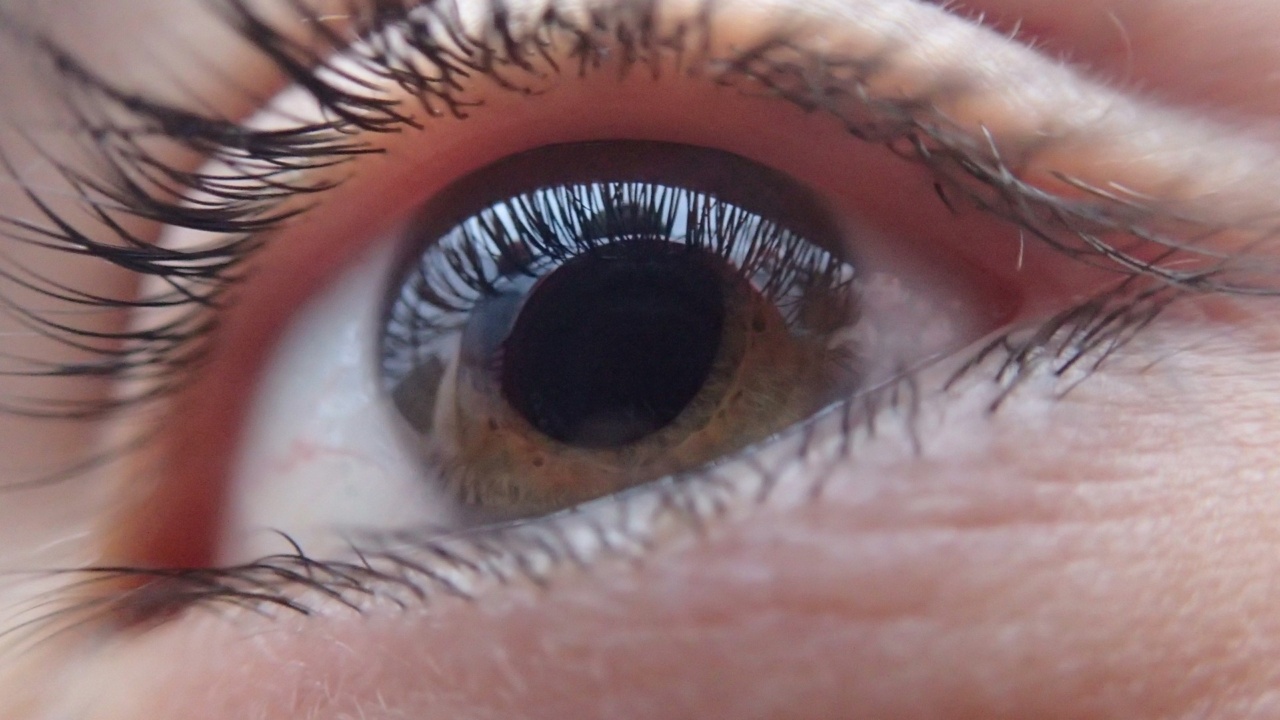Skin cancer is the most common type of cancer worldwide, and its incidence continues to rise. Recognizing the early signs of skin cancer is crucial for early diagnosis and successful treatment.
This visual guide aims to help you understand the different types of skin cancer, their symptoms, and how to identify them.
1. Basal Cell Carcinoma (BCC)
Basal cell carcinoma is the most prevalent type of skin cancer. It usually appears as a small, waxy bump or a shiny pink or red growth. The following signs can indicate basal cell carcinoma:.
- Open sore that doesn’t heal
- Reddish patch or irritated area
- Shiny or pearly bump
- Pink growth with elevated borders and a central ulcer
2. Squamous Cell Carcinoma (SCC)
Squamous cell carcinoma is the second most common type of skin cancer. It often appears as a scaly red patch, an irritated area, or a sore that fails to heal. Look for the following signs:.
- Crusty or scaly patch
- Red, firm bump
- Sore that bleeds or forms a crust
- Growth with a sunken center and elevated edges
3. Melanoma
Melanoma is the most dangerous form of skin cancer. It can develop from an existing mole or appear as a new, abnormal growth. Regularly examine your moles and consult a dermatologist if you notice any of the following:.
- Asymmetrical moles
- Irregular borders
- Moles with multiple colors or shades
- Large moles (greater than 6mm in diameter)
- Moles that evolve or change in size, shape, or color
4. Actinic Keratosis
Actinic keratosis is a precancerous condition that may progress to squamous cell carcinoma if left untreated. It typically presents as rough, scaly patches on sun-exposed areas such as the face, scalp, ears, and back of the hands. Watch out for:.
- Dry, rough, or scaly patches
- Flat or slightly raised lesions
- Patches that may have a sandpaper-like texture
5. Merkel Cell Carcinoma (MCC)
Merkel cell carcinoma is a rare but aggressive type of skin cancer. It usually appears as a flesh-colored or bluish-red nodule on the face, head, or neck. Check for the following signs:.
- Firm, shiny, dome-shaped nodules
- Red or bluish discoloration of the skin
- Fast-growing nodules
- Lesions that are painless but may be tender to touch
6. Dermatofibrosarcoma Protuberans (DFSP)
Dermatofibrosarcoma protuberans is a rare form of skin cancer that usually starts as a small, firm, tan or pink nodular growth. As it progresses, it may appear as a raised, red-purple tumor. Look for the following signs:.
- Slowly growing nodules or tumors
- Skin-colored or reddish-brown patches
- Lesions that may be mildly painful
- Irregular borders or shape
7. Sebaceous Carcinoma
Sebaceous carcinoma is a rare and aggressive type of skin cancer that typically appears as a painless nodule or indurated plaque. It often affects the eyelids but can also occur in other oil-secreting glands of the body. Check for the following signs:.
- Yellowish, painless nodules
- Lesions that are often mistaken for styes or chalazia on the eyelid
- Ulcerated or crusted nodules
- Growths that may bleed or ooze
8. Cutaneous Lymphoma
Cutaneous lymphoma is a group of cancers that affect lymphocytes, a type of white blood cell primarily found in lymph nodes. It often presents as a rash or eczema-like skin appearance. Seek medical attention if you experience the following:.
- Red patches or thickened plaques of skin
- Itchy skin that doesn’t improve with regular treatments
- Skin that becomes scaly or crusty
- Bumps or tumors on the skin
9. Angiosarcoma
Angiosarcoma is a rare and aggressive cancer that starts in the blood vessels of the skin. It often appears as bruise-like patches on the skin and can rapidly spread to other areas. Look for the following signs:.
- Red to purplish patches on the skin
- Lumps or tumors that may develop in the affected area
- Bleeding or ulcers in the affected skin
- Swelling in the affected area
10. Kaposi Sarcoma
Kaposi sarcoma is a type of skin cancer commonly associated with individuals who have weakened immune systems or certain viral infections. It often appears as red, purple, or brown patches on the skin and can affect multiple organs.
Be aware of the following signs:.
- Red, purple, or brown patches
- Lesions that may be flat or raised
- Bumps or nodules on the skin
- Swelling of the legs or arms
Conclusion
Early detection plays a vital role in the successful treatment of skin cancer. Regularly examine your skin for any changes, and consult a dermatologist if you notice any suspicious growths, moles, or lesions.
Remember to protect your skin from excessive sun exposure by wearing sunscreen, protective clothing, and avoiding peak sun hours. Stay vigilant and empower yourself with knowledge to reduce the impact of skin cancer.























